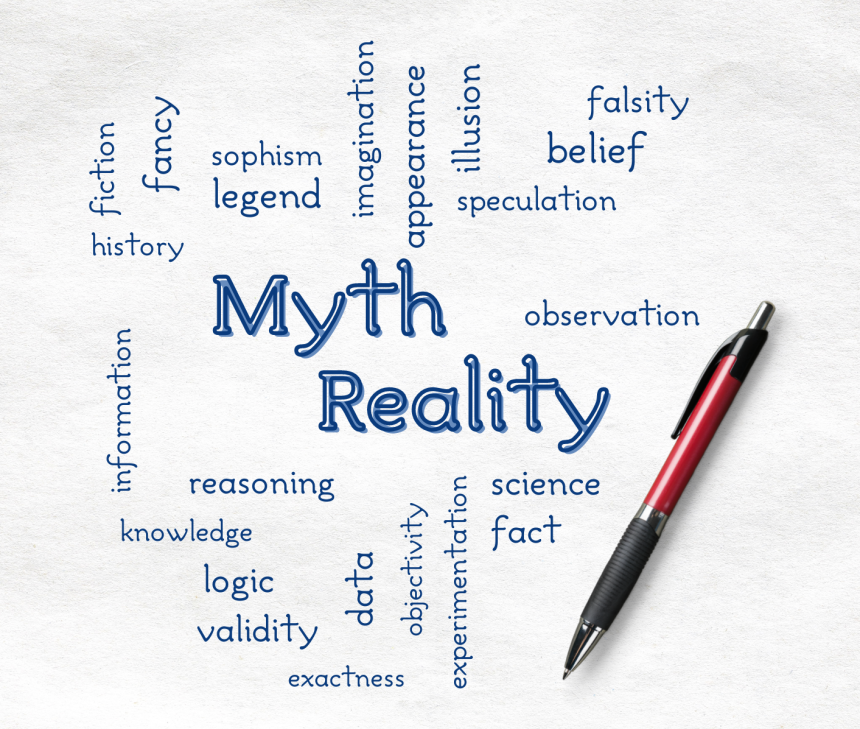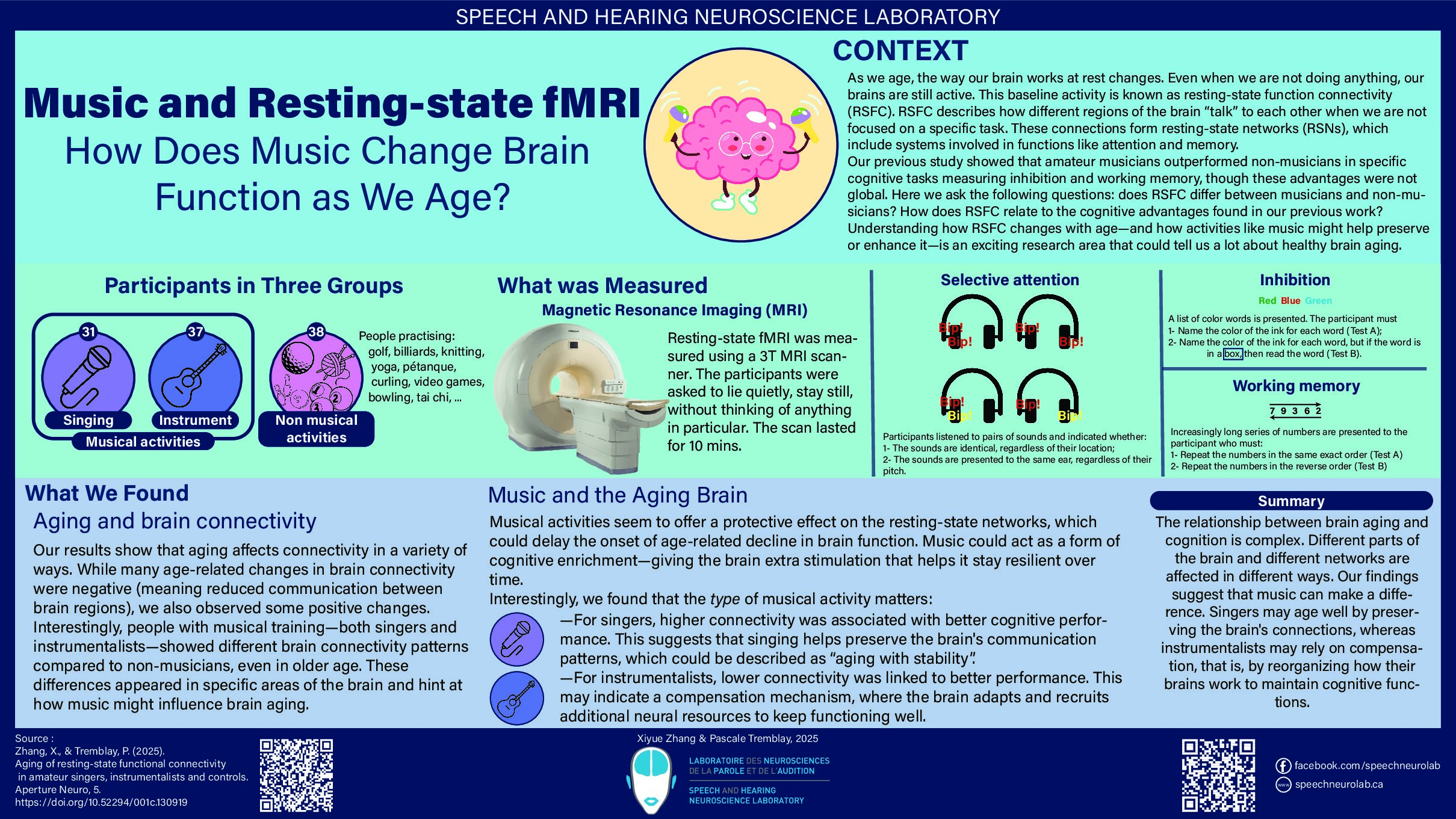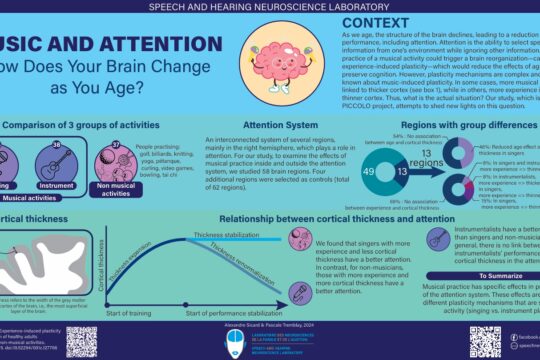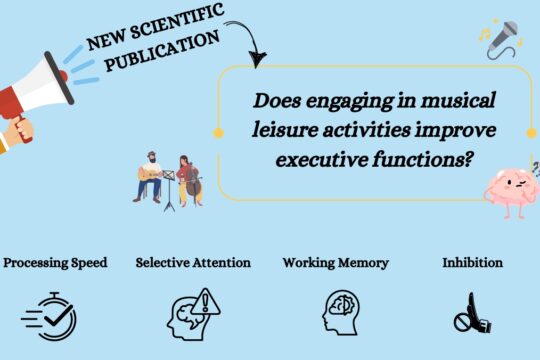
According to a 2013 online survey in the United States, 65% of 2013 respondents believed that we only use 10% of our brains on a daily basis (The Michael J. Fox Foundation for Parkinson’s Research, 2013). However, it is without a doubt a myth!
This myth appeared at the beginning of the 20th century and was propagated by several influential authors encouraging the surpassing of oneself and the exploitation of latent individual capacities (Vreeman and Carroll, 2007). Among the people who contributed to the appearance of this myth, we note the American psychologist and philosopher William James, who wrote in 1908 that “We only use a small part of our mental and physical resources”. Similar comments were made by the American author Orison Swett Marden in 1917. He notably wrote in his book How to get what you want, that “The vast majority of people die without having developed their potential with (…) their brain.” A few years later, in 1936, the words of William James were reported in the introduction to writer and lecturer Dave Carnegie’s bestselling book: How to Win Friends and Influence People. It read that “The average individual develops only 10% of his latent mental capacities.” However, these claims were not supported by brain studies, which challenges the premises behind the myth.
Functional magnetic resonance imaging (fMRI) can measure and localize brain activity when performing language or memory tasks, for example. The development of this technique has made it possible to identify essential roles played by multiple brain networks, i.e., interconnected brain regions that work in concert (e.g., Barinaga, 1997; Fan et al. 2016, Smitha et al. 2017). These networks involve cortical and subcortical regions (i.e., regions of the cortex, on the surface of the brain, but also deeper regions), located in different lobes of the brain, in both hemispheres. Scientists have not identified a brain region in which there is no activity, or which is not part of any network; which goes against the idea that we only use 10% of our brain. On the contrary, the same brain region is often involved in several networks and functions!
It is true, however, that the recruitment of different regions of the brain varies as a function of the tasks we perform. But since our brain controls a host of essential functions every day, often simultaneously (moving, speaking, reading, thinking, remembering, deciding, etc.), we use our entire brain every day! It is possible to make an analogy with our muscles: although not all the muscles in our body are contracted to the maximum at all times, all our muscles are essential and their use varies according to our activities. In short, as our whole brain is used to allow our body to carry out the various activities of daily life, the myth of the “10%” is unfounded.
It is also important to mention that even when we are asleep or at rest (lying down without doing anything in particular), our brain is active (Duyn, 2011; Picchioni et al., 2013 ; Smitha et al., 2017). Indeed, the brain continuously generates spontaneous intrinsic activity, which is organized in the form of networks (Raichle, 2010; 2015a). For example, a network that is more activated when we are at rest is the “default mode network,” encompassing regions of the parietal, prefrontal, and temporal cortices (Raichle, 2015b).
All this brain activity is energy-intensive: although our brain represents only about 2% of our total body weight, it consumes about 20% of our oxygen expenditure (Clarke and Sokoloff, 1999)! Interesting fact illustrating that brain activity is constant: the energy expenditure of the brain varies little between when we perform a task requiring our attention and when we are at rest, this difference being generally less than 5% (Raichle, 2010).
In other words, no study has shown that we only use 10% of our brain. This is not scientific data. On the contrary, studies in neuroscience indicate that all regions of the brain are important, and that the brain is active at all times. A possible interpretation of the words at the origin of the myth is that the brain can learn and transform itself, therefore that it is plastic. This ability of the brain to adapt and reorganize throughout our lives based on our experiences and learning is a phenomenon called experience-induced brain plasticity. No matter your age, you can develop new skills, such as learning a new language and playing a new game. But even if you don’t learn a new game, don’t worry, you’re still using your entire brain!
Further readings:
References:
Barinaga, M. (1997). New imaging methods provide a better view into the brain. Science, 276, 1974-6.
Carnegie, D. (1936). How to win friends and influence people. New York: Simon & Schuster.
Clarke, DD & Sokoloff, L. (1999). Circulation and energy metabolism of the brain, In Basic Neurochemistry. Molecular, Cellular and Medical Aspects (6th Eds .) (Agranoff, BW & Siegel, GJ, Eds.), p. 637–670, Lippincott-Raven.
Courson , M., & Tremblay, P. (2020). Neural correlates of manual action language: Comparative review, ALE meta-analysis and ROI meta-analysis. Neuroscience and Biobehavioral Reviews, 116, 221–238.
Duyn, J. (2011). Spontaneous fMRI activity during resting wakefulness and sleep. Progress in Brain Research, 193, 295–305.
Fan, L., Li, H., Zhuo, J., Zhang, Y., Wang, J., Chen, L., Yang, Z., Chu, C., Xie, S., Laird, AR, Fox, PT, Eickhoff, SB, Yu, C., & Jiang, T. (2016). The human brainnetome atlas: A new brain atlas based on connectional architecture. Cerebral Cortex, 26 (8), 3508–3526.
James, W. (1908). The energies of men. New York, Moffat, Yard.
Marden, OS (1917). How to get what you want. New York: Thomas Y Cromwell.
Picchioni, D., Duyn, JH, & Horovitz, SG (2013). Sleep and the functional connectome. Neuroimage, 80, 387-396.
Raichle, ME (2010). Two views of brain function. Trends in Cognitive Sciences, 14 (4), 180-190.
Raichle, ME (2015a). The restless brain: how intrinsic activity organizes brain function. Philosophical Transactions of the Royal Society B, 370, 20140172.
Raichle, ME (2015b). The brain’s default mode network. Annual Review of Neuroscience, 38, 433–447.
Smitha, K., Akhil, Raja, K., Arun, K., Rajesh, P., Thomas, B., Kapilamoorthy , TR, & Kesavadas , C. (2017). Resting state fMRI: a review on methods in resting state connectivity analysis and resting state networks. The Neuroradiology Journal, 30, 305–17.
The Michael J. Fox Foundation for Parkinson’s Research. (2013). New survey finds Americans care about brain health, but misperceptions abound. Retrieved from website November 18, 2021: https://www.michaeljfox.org/publication/new-survey-finds-americans-care-about-brain-health-misperceptions-abound.
Vreeman, RC, & Carroll, A. E. (2007). Medical myths. BMJ, 335, 1228-1289.



